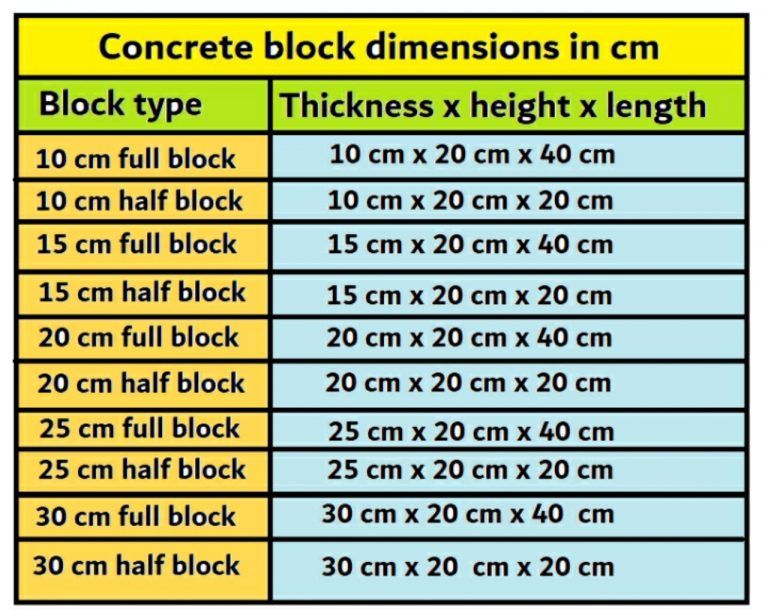
Concrete block dimensions in cm CivilHow
Concrete masonry produced with the RainBloc® Integral Water Repellent System resists wind-driven rain while still maintaining vapor transmission, reducing the chance of mold, mildew, and musty smells from developing inside a building. RainBloc® for Mortar is a liquid admixture used at the masonry construction site to make mortar.

14043_210_1.jpg (670×644) Concrete masonry unit, Concrete block
Standard concrete block, or "gray block," is widely known as one of the most practical, long-lasting and cost-effective material used in building. Due to its strength, durability, and excellent fire rating, concrete block provides a sensible alternative to many other building materials.

What Size Is A Concrete Block
Typically, concrete masonry units have nominal face dimensions of 8 in. (203 mm) by 16 in. (406 mm), available in nominal thicknesses of 4, 6, 8, 10, 12, 14, and 16 in. (102, 152, 203, 254, 305, 356, and 406 mm). Nominal dimensions refer to the module size for planning bond patterns and modular layout with respect to door and window openings.

Standard Concrete Block Dimensions ubicaciondepersonas.cdmx.gob.mx
The concrete block — hollow (open or closed cavity) or solid shall be referred to by its nominal dimensions. The nominal dimensions of the concrete blocks are given below: Length : 400, 500 or 600 mm Height : 200 or 100 mm Width : 50, 75, 100, 150, 200, 250 or 300 mm

Concrete Blocks Ducon Concrete Ltd Concrete Built is Better Built
Standard concrete blocks typically measure 8 inches in width, 8 inches in height, and 16 inches in length. These standard blocks are known as "8x8x16" blocks and are the foundation for many construction projects. However, to accommodate different design needs, precision concrete blocks are manufactured in various other sizes and shapes.
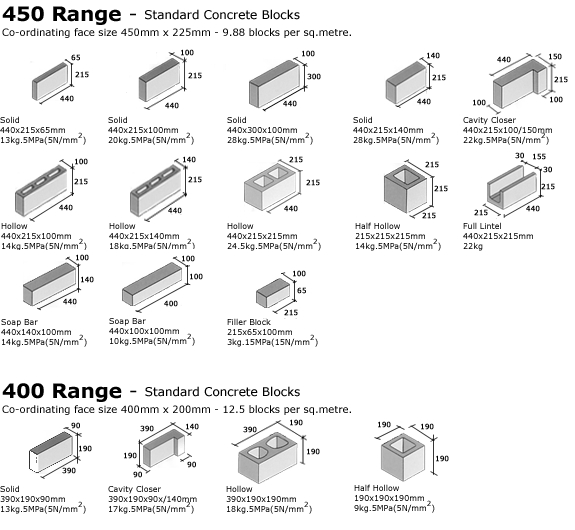
Zyngers Blog concrete block sizes
About Concrete Block Engineers. Concrete blocks are sustainable, flexible and versatile and can be used to build everything from trench silos and retaining walls to structural walls and road barriers.. The maximum fill height of such structures depends on several factors, including wall width and the type of material stored. We work for.

Standard Concrete Block Sizes Concrete blocks, Concrete block sizes
Standard dimensions of concrete block is 20 cm in height by 40 cm in length, available in nominal thicknesses of 10 cm, 15 cm, 20 cm, 25 cm and 30 cm. Half concrete block or CMU have nominal face dimensions of 20 cm in height by 20 cm in length respectively. Concrete block dimensions in cm Dimensions of 10 cm full & half block
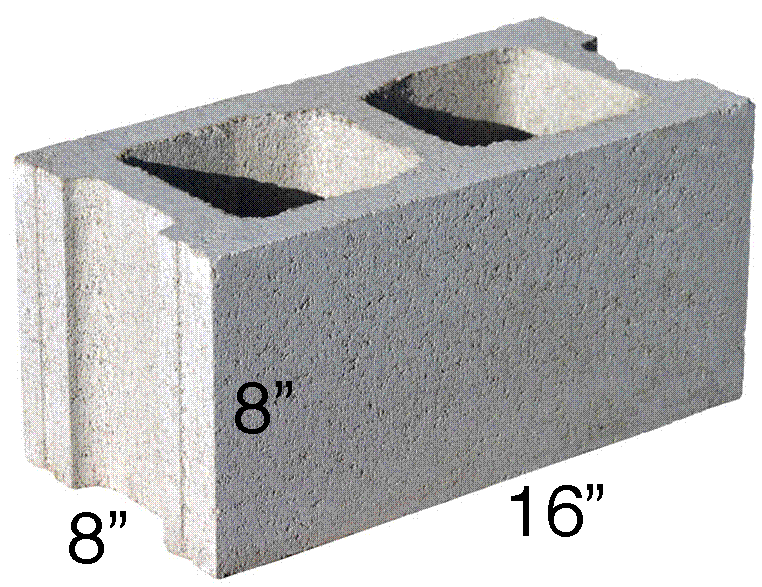
concreteblockdimensions Inch Calculator
Concrete blocks, sometimes called Concrete Masonry Units (CMUs), are standardised dried concrete blocks that can be used within construction much like clay bricks, with mortar bonds between each join.

Concrete Block Sizes, Concrete Bricks, Besser Block, Iron Stair Railing
Hence, a concrete block's actual size is 15-5/8 inches (39.69 centimeters) from side to side and 7-5/8 inches (19.37 centimeters) from top to bottom. These measurements suggest that the mortar or binding material between concrete blocks should not be thicker than 3/8 inch (9.5 millimeters). The following are a concrete block's actual depth.

Concrete Block (CMU) Sizes, Shapes, and Finishes
Concrete masonry units (CMU) are used in virtually every type of building construction. Standard block are common in the load bearing walls of buildings. While the most common sized block is 8 in. x 8 in. x 16 in., they are available in a variety of sizes and are categorized by block width.
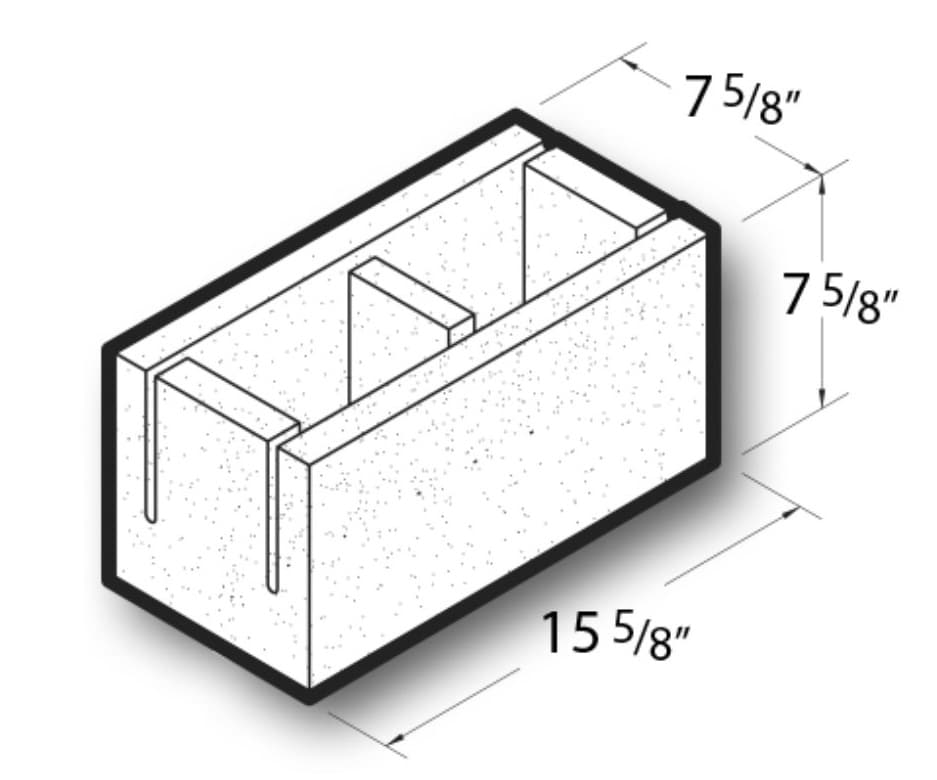
Standard Concrete Block Dimensions lupon.gov.ph
The actual measurement and the width of the mortar joint make the nominal dimension of a CMU. Mortar joints of CMU are typically 3/8″. The other construction materials follow the nominal dimension within a 4″ grid. Usually, little faces of CMUs are 8 inches by 16 inches, accessible in a nominal thickness of 4, 6, 8, 10, 12,14, and 16 inches.
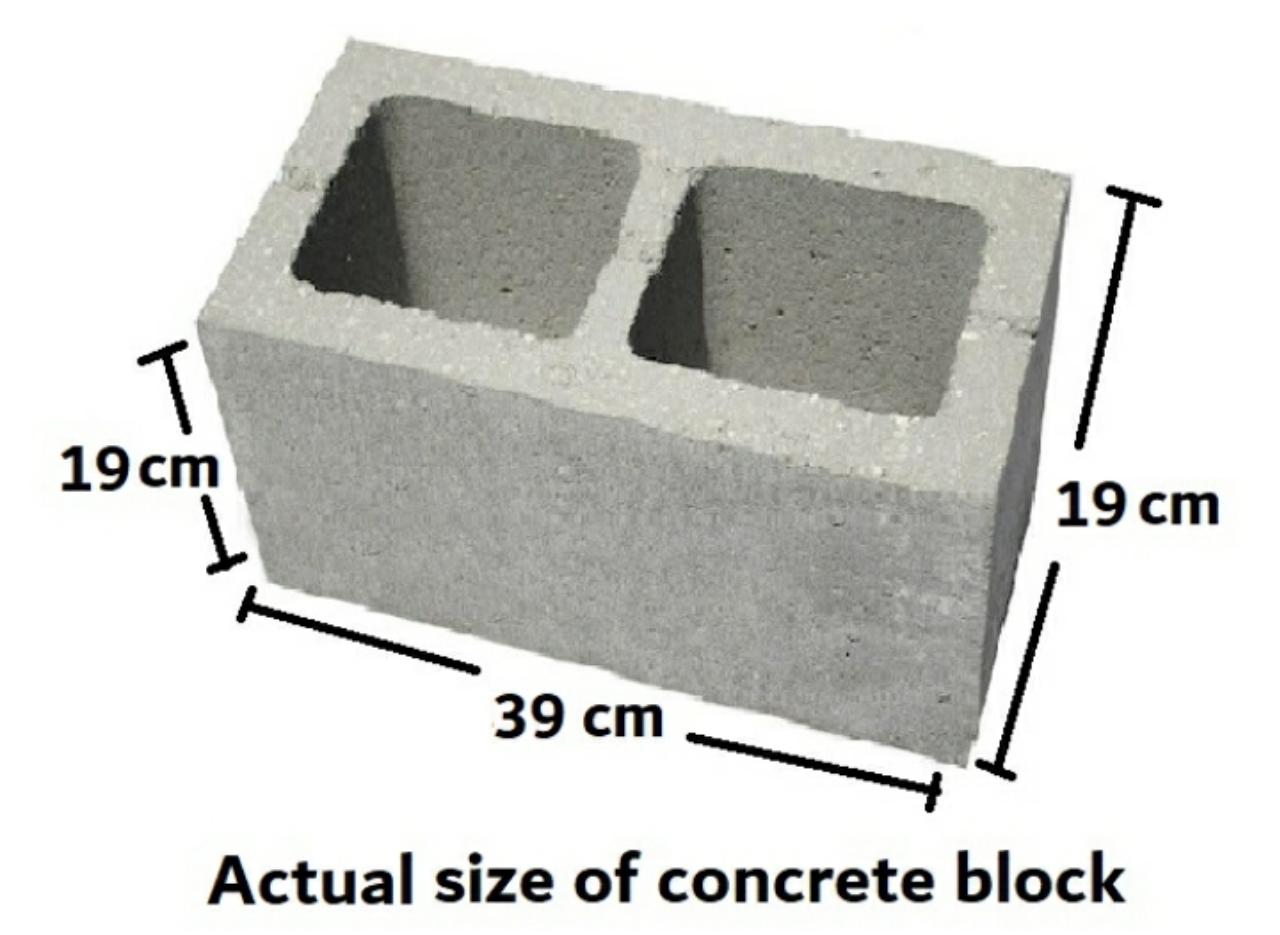
Concrete block dimensions in cm CivilHow
Cinder Block and CMU Size Chart Standard CMUs can also vary in width. In addition to the most common 8 in. width, cinder blocks can also have 4 in., 6 in., 10 in. and 12 in. widths. For larger projects such as foundations and load-bearing walls, a larger width CMU more easily fills with concrete once the structure is built.

Masonry Viblock We make beautiful concrete products
Masonry Blocks - Dimensions Engineering ToolBox - Resources, Tools and Basic Information for Engineering and Design of Technical Applications! Masonry Blocks - Dimensions Concrete Masonry Unit Blocks (CMU) - dimensions. Sorry to see that you are blocking ads on The Engineering ToolBox!
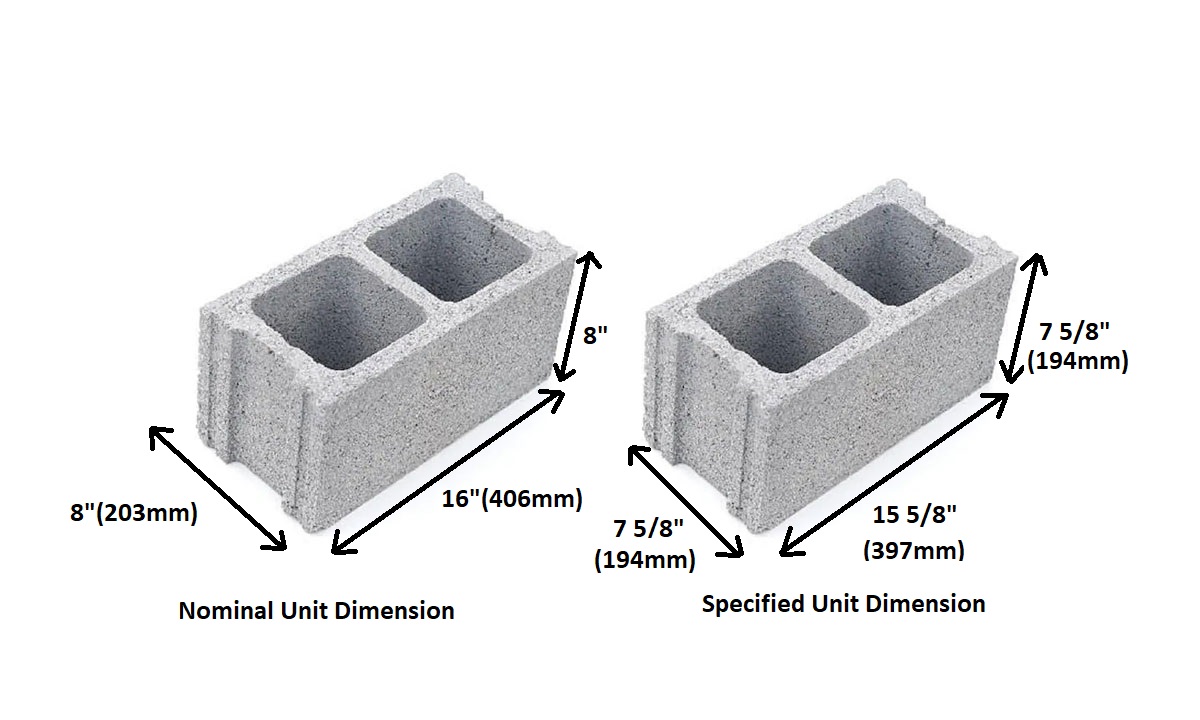
Cinder Block Dimensions based on ASTM Standards Civil Gyan
Concrete Block are commonly referred to as "CMUs" (Concrete Masonry Units), "Grey Block" or simply "Concrete Block." The following are key terms commonly used to further describe different types of concrete block. A. Scored/Concave Flute B. Stretcher End (Mortar Groove) C. Breaker D. Sash Groove E. Plain End F. Rectangular Core G. Pear Core

GTCnCMU / Nominal Vs Actual Standard Sizes for Concrete Blocks
How to Decipher the CMU Number The CMU has actual and nominal dimensions, just like red clay bricks. The nominal dimension is the actual dimension of the concrete brick with the width of the mortar joint added. The average mortar joint for a CMU is 3/8 inch.

Concrete Block JLC Online
The 'nominal' dimension is the size of the block including the thickness of the mortar joint, while the 'actual' dimension is the physical size of the block itself. For example, a CMU block described as 8" x 8" x 16" (nominal dimension) will actually measure 7.625" x 7.625" x 15.625". Common CMU Block Sizes